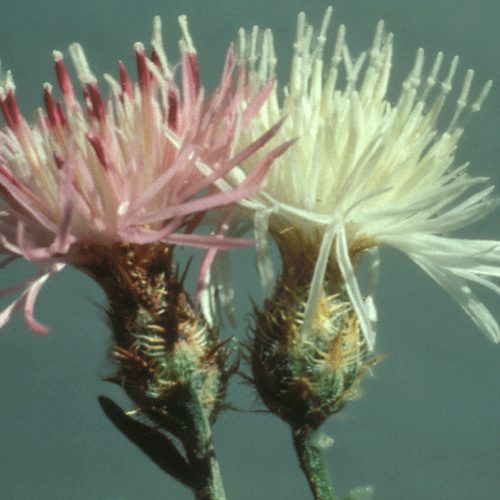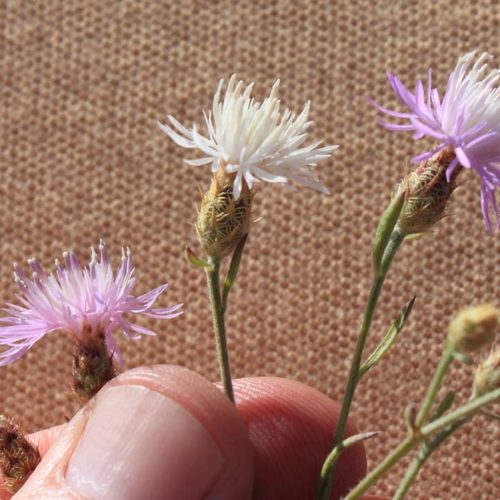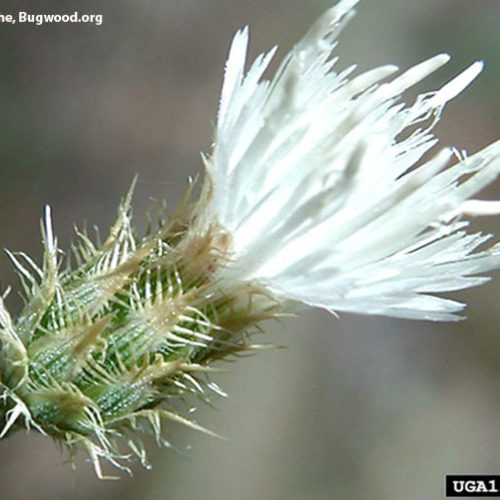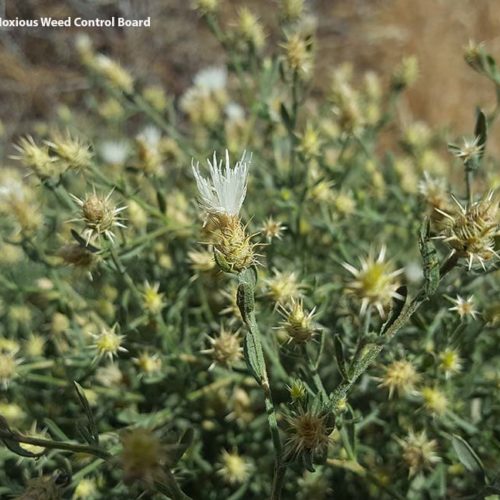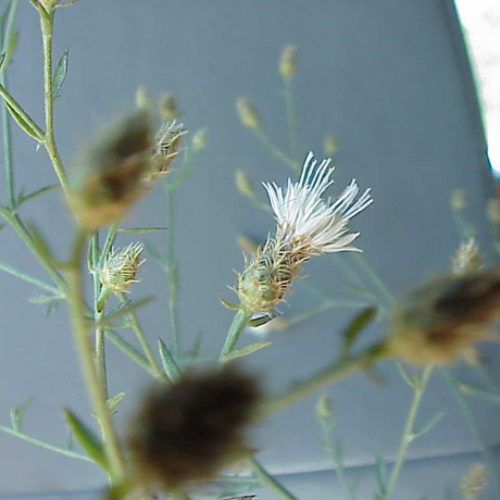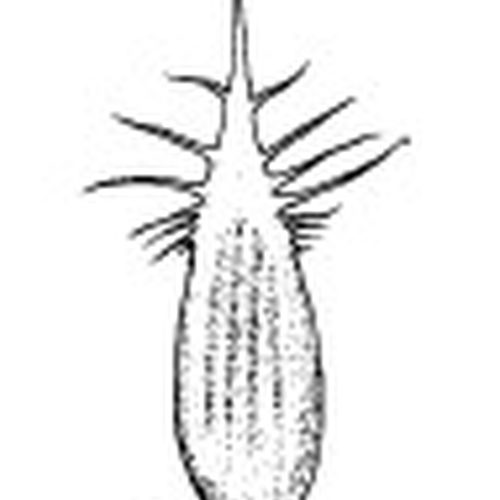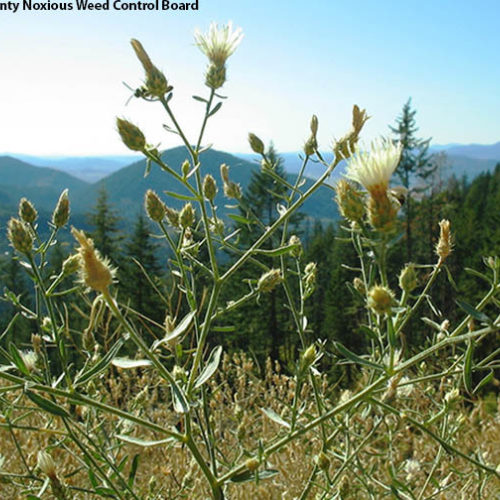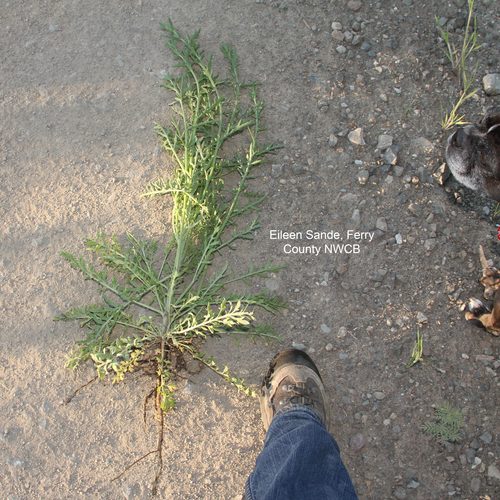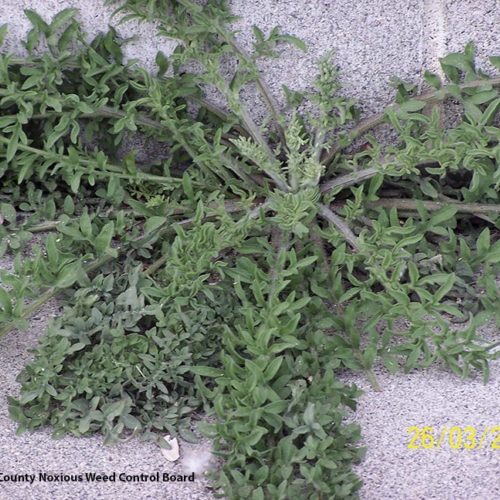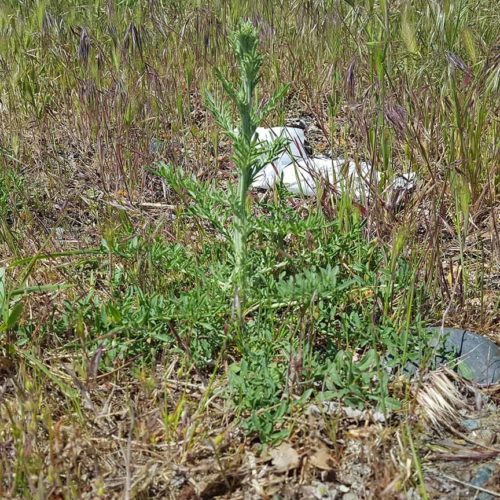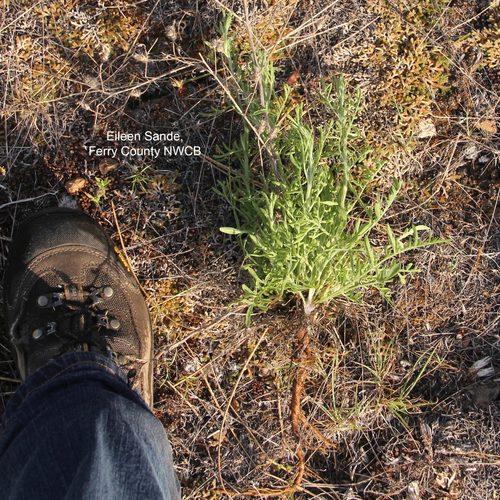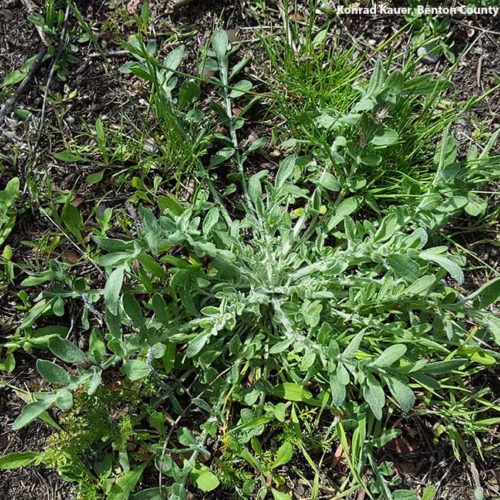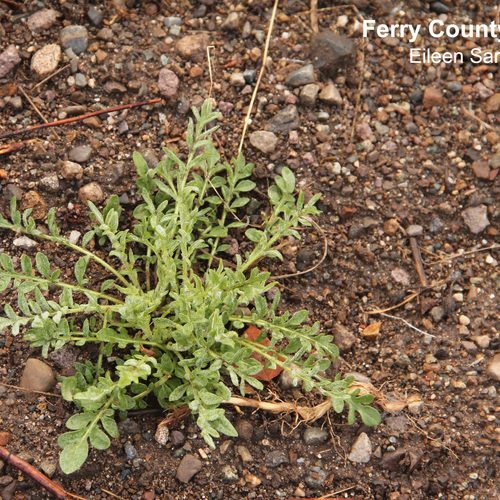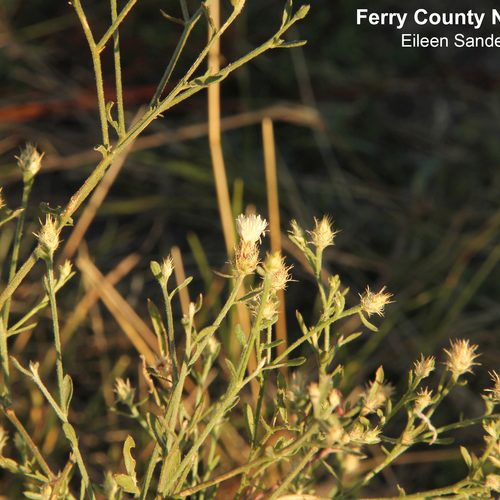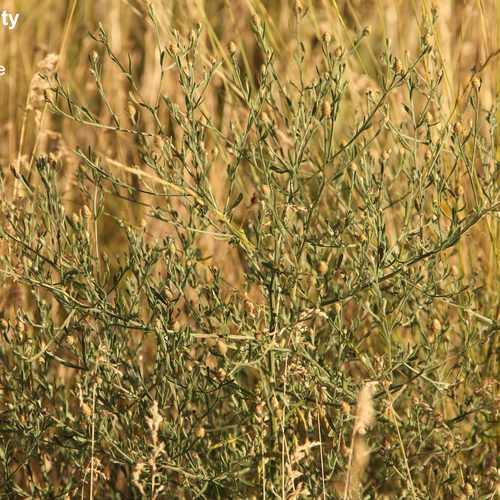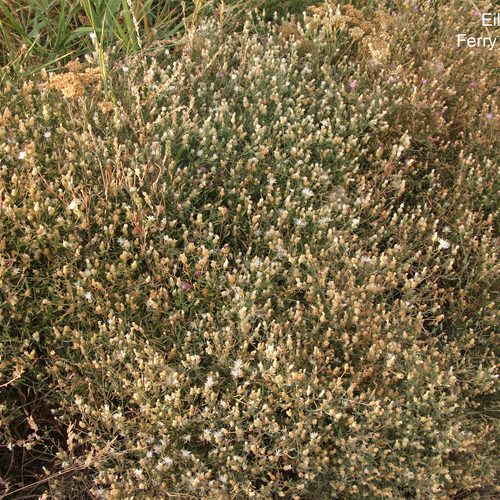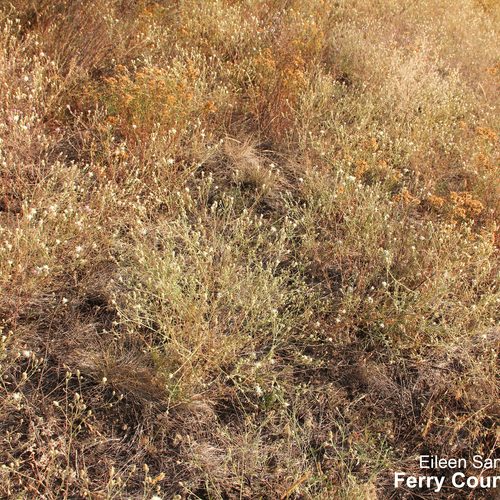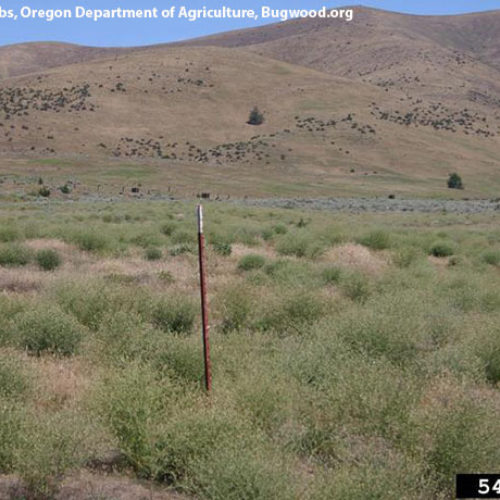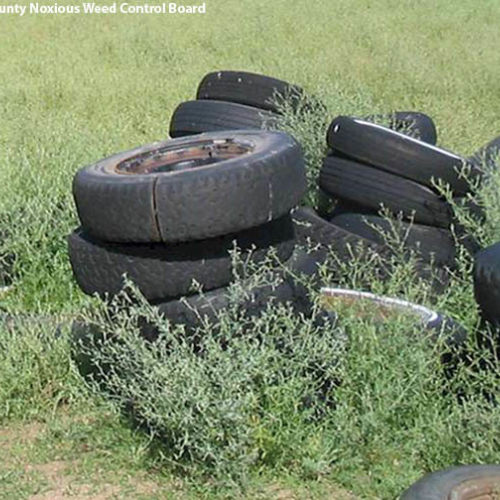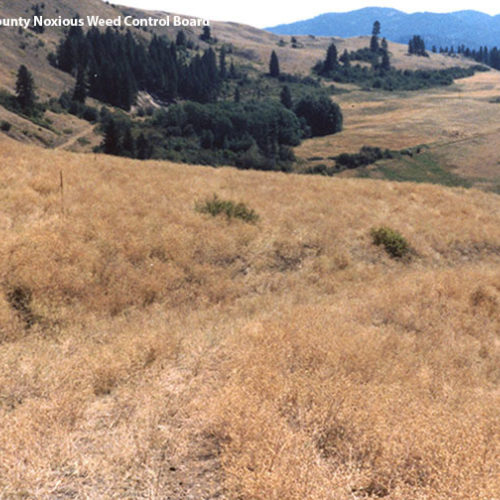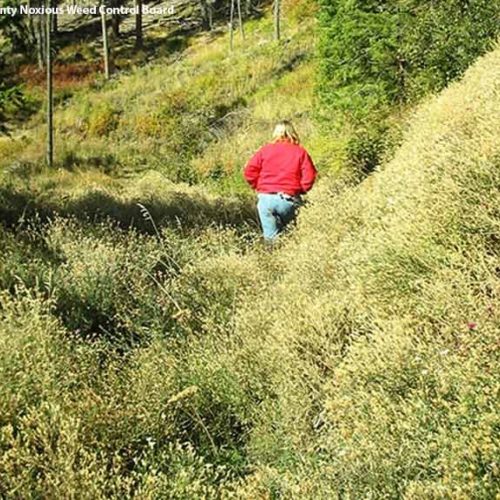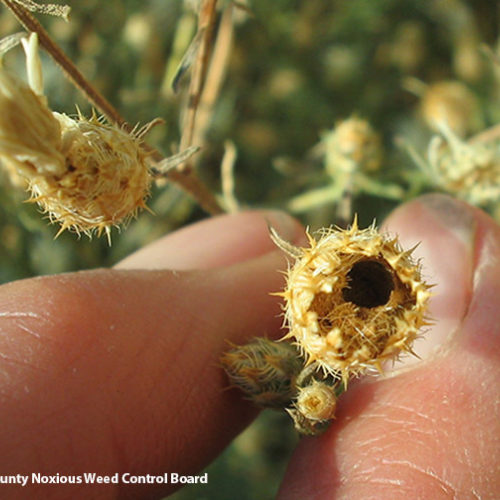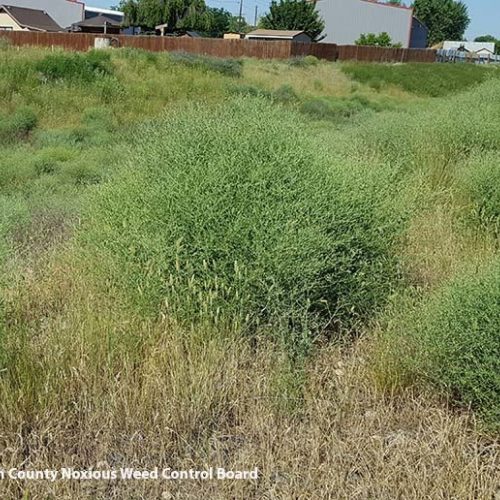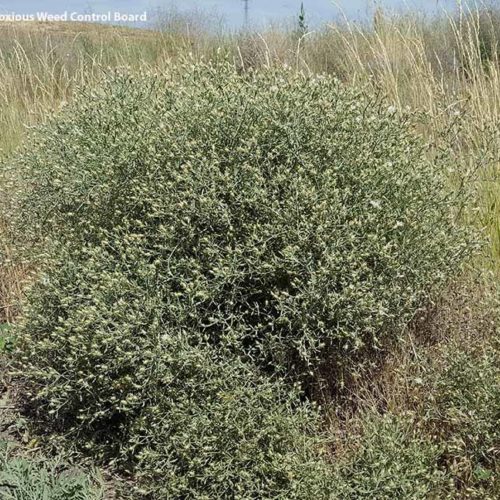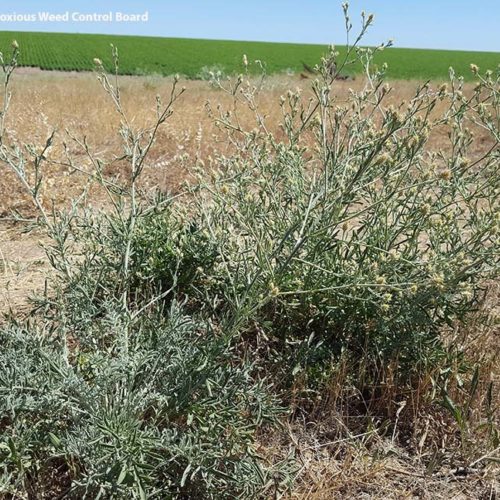Diffuse Knapweed
Centaurea diffusa
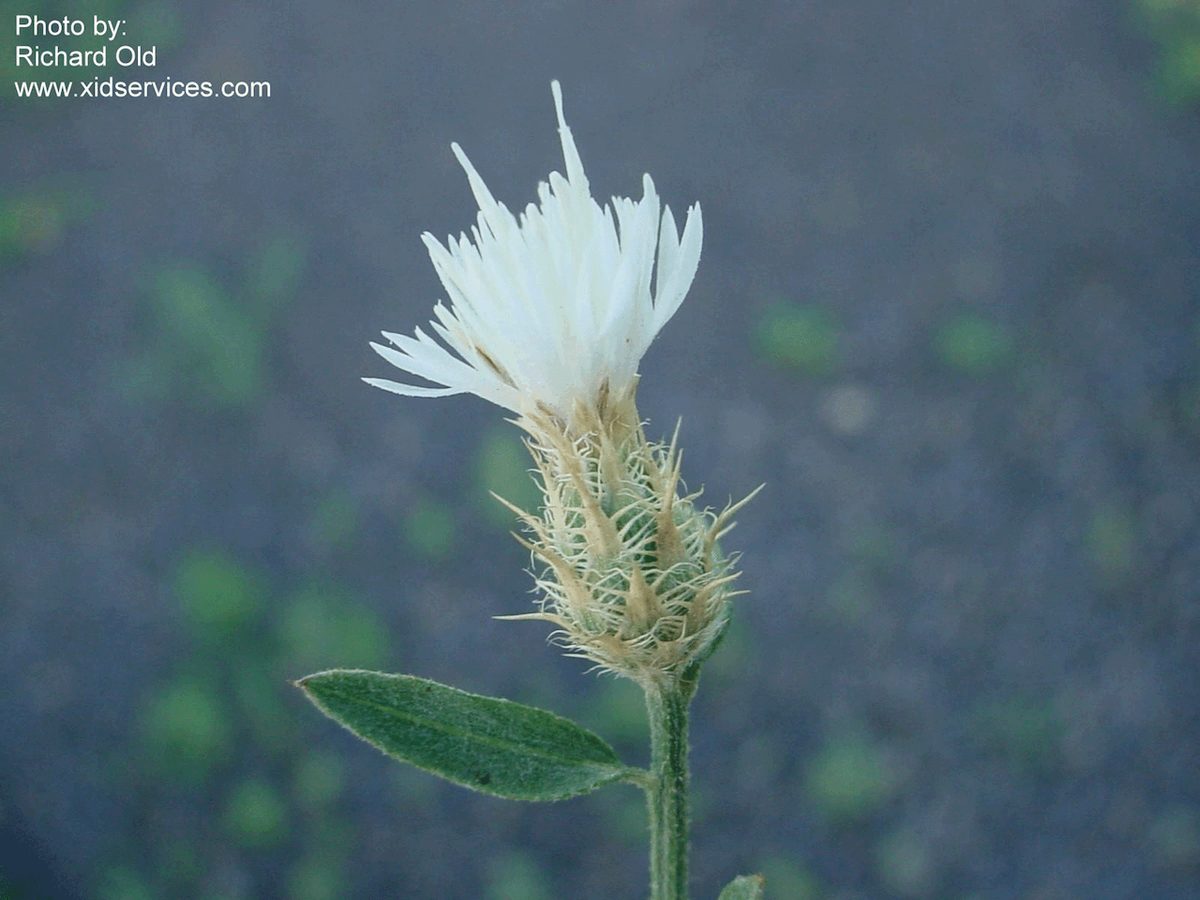
Family: Asteraceae
Other Common Names: white knapweed
Weed class: B
Year Listed: 1988
Native to: Eastern Europe and Western Asia
Is this Weed Toxic?:
not known to be
Legal listings:
This plant is also on the Washington State quarantine list. It is prohibited to transport, buy, sell, offer for sale, or distribute plants or plant parts of quarantined species into or within the state of Washington or to sell, offer for sale, or distribute seed packets of seed, flower seed blends, or wildflower mixes of quarantined species into or within the state of Washington. Please see WAC 16-752 for more information on the quarantine list. For questions about the quarantine list, contact the Washington State Department of Agriculture's Plant Services Program at (360) 902-1874 or email PlantServices@agr.wa.gov.
Why Is It a Noxious Weed?
It has little value as forage for cattle and limited seasonal value for big game. Infestations increase production costs for ranchers, decrease plant diversity and wildlife habitat, increase soil erosion rates and pose wildfire hazards.
How would I identify it?
General Description
It is an annual, biennial or perennial growing to 3.9 to 31.5 inches. It has a long taproot and generally has one main stem that branches freely. Stems, leaves and flower head bracts covered in hairs. Basal leaves typically die back before plant flowers.
Flower Description
Flowerheads numerous and generally narrow. Flowers white or sometimes purplish. Bracts at the base of flowerheads are leathery, have obvious veins and are edged with a fringe of spines plus a longer spreading spine at the tip.
Leaf description
Leaves covered with short dense hairs. Basal leaves (leaves at stem base) are short stalked and often twice divided into narrow lobes, growing to 7.8 inches. Stem leaves reduce in size up the stem with top leaves being stalkless, smaller and less divided.
Stem description
Stems have high degree of branching and are typically covered in short, dense hairs.
Fruit Seed Description
Seeds are dark brown and small without a pappus or it is minute, less than 0.5 mm.
May Be Confused With
Many species of Centaurea look very similar to each other, making identification difficult. If you need help with plant identification, please contact your county noxious weed coordinator.
Where does it grow?
Diffuse knapweed grows in a variety of habitats in Washington including river shores, rangeland and pastures. It also thrives in disturbed habitats such as gravel pits, roadsides, railroad tracks, vacant lots, airports, trails and heavily grazed pasture. Please click here to see a county level distribution map of diffuse knapweed in Washington.
How Does it Reproduce?
Diffuse knapweed reproduces primarily by seed but may also regenerate from the crown. A single flower stalk can produce 1,200 seeds. When the plant is broken off at the base, it can be blown around like a tumbleweed and disperse its seed.
How Do I Control It?
Mechanical Control
Cultivation will eliminate infestations. Mowing may delay flower production, therefore potentially decreasing seed production.
Biological Control
Biological control agents available for diffuse knapweed are: Agapeta zoegana, the sulfur knapweed moth that have root mining larvae; Bangasternus fausti, the broad-nosed seedhead weevil that have seed-feeding larvae; Cyphocleonus achates, the knapweed root weevil, which has root mining larvae (larvae feeding within the roots); Sphenoptera jugoslavica, the bronze knapweed root borer that have larvae that bore into and tunnel within knapweed roots; Larinus minutus, the seedhead feeding weevil. For more information about the biological control of diffuse knapweed, please visit WSU Extension Integrated Weed Control Project.
Herbicide Control
Please refer to the PNW Weed Management Handbook, or contact your county noxious weed coordinator.
For More Information
Selected Knapweeds of Washington Brochure
See our Written Findings for more information about diffuse knapweed (Centaurea diffusa).
Stevens County NWCB Fact Sheet on diffuse and spotted knapweed
Thurston County NWCB Fact Sheet on diffuse knapweed
Franklin County NWCB Fact Sheet on diffuse knapweed
Spokane County NWCB Fact Sheet on diffuse knapweed
Douglas County NWCB Fact Sheet on diffuse knapweed
Pierce County NWCB Fact Sheet on diffuse knapweed
Lincoln County NWCB Brochure on diffuse knapweed
Control Options for diffuse knapweed from King County NWCB
Whatcom County NWCB Control Options for Knapweeds



